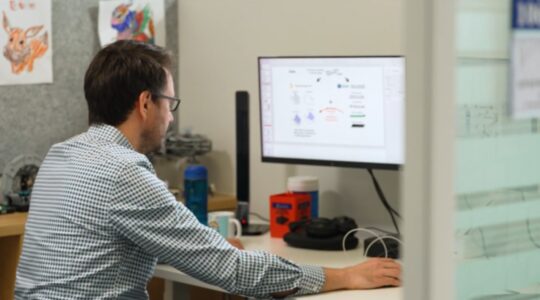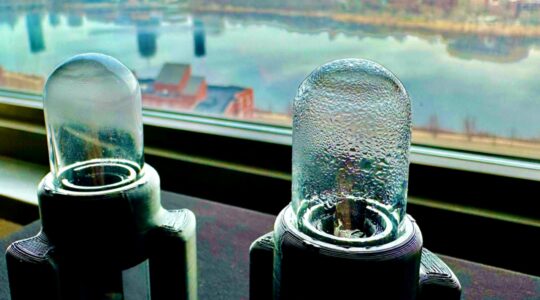High blood pressure treatment costs Australians more than $1.2 billion a year, with 40 percent paid directly by patients in out-of-pocket costs.
A new study by The George Institute for Global Health found over half the cost ($611 million) came from pharmacy fees for dispensing and handling medications, with GP appointments costing $342m.
Lead author Professor Anthony Rodgers, of UNSW Sydney, said high blood pressure was still the leading risk factor for death in Australia, as it is a leading cause of heart attacks and stroke.
“With no symptoms, high blood pressure often goes undetected, yet is readily treated with medication, and diet and lifestyle improvements,” Professor Rodgers said.
“Reducing the rate by 24 percent could save about 37,000 lives annually.”
He said the recent analysis of data from the 2021-21 financial year provided a snapshot of the scale of spending on the problem to help decision-makers develop more affordable, equitable and innovative pathways to get the problem under control.
“Two things struck us immediately: how much of the cost is going through pharmacy, and that patients are carrying an unfair share of the overall burden.
“While our concession system helps some consumers, these are real costs for people on lower incomes.”
Professor Rodgers said many people were also living with other health conditions and would face difficult choices about what medicines or health appointments they could afford.
“This puts their health at risk and is a fundamental barrier to Australia achieving better blood pressure control and avoiding the serious and more costly health problems down the track.”
Professor Rodgers said the uptake of the 60-day prescribing program had been slow, so patients weren’t yet receiving the full benefit.
“Our data highlights a need for further policy interventions to reduce patients’ out-of-pocket expenses.”
He said around 34 percent of Australian adults were estimated to have high blood pressure but only half of these people were aware they have it, with the lack of widespread screening a major factor.
“Refocusing on ways to increase detection of high blood pressure, support better management in primary care, and finding better methods to help patients stay on therapy are all needed, but it’s also critical to ensure that the costs are fair and sustainable.”








